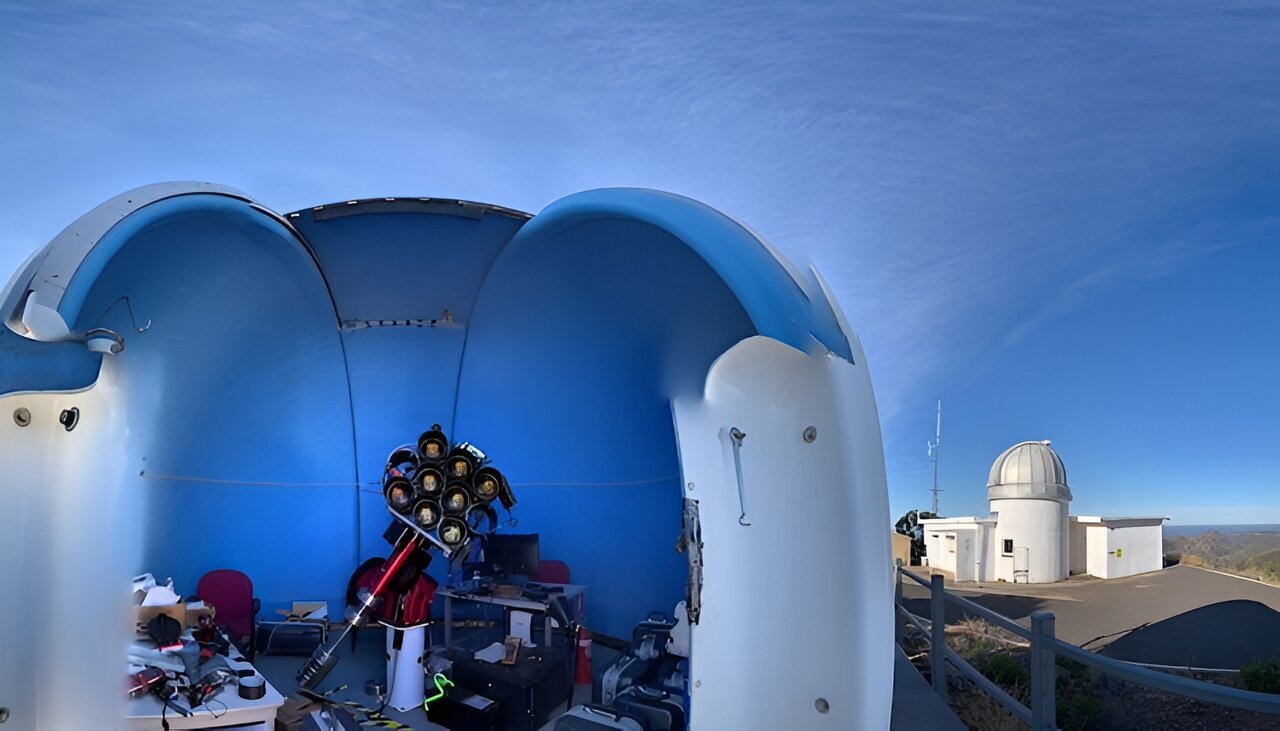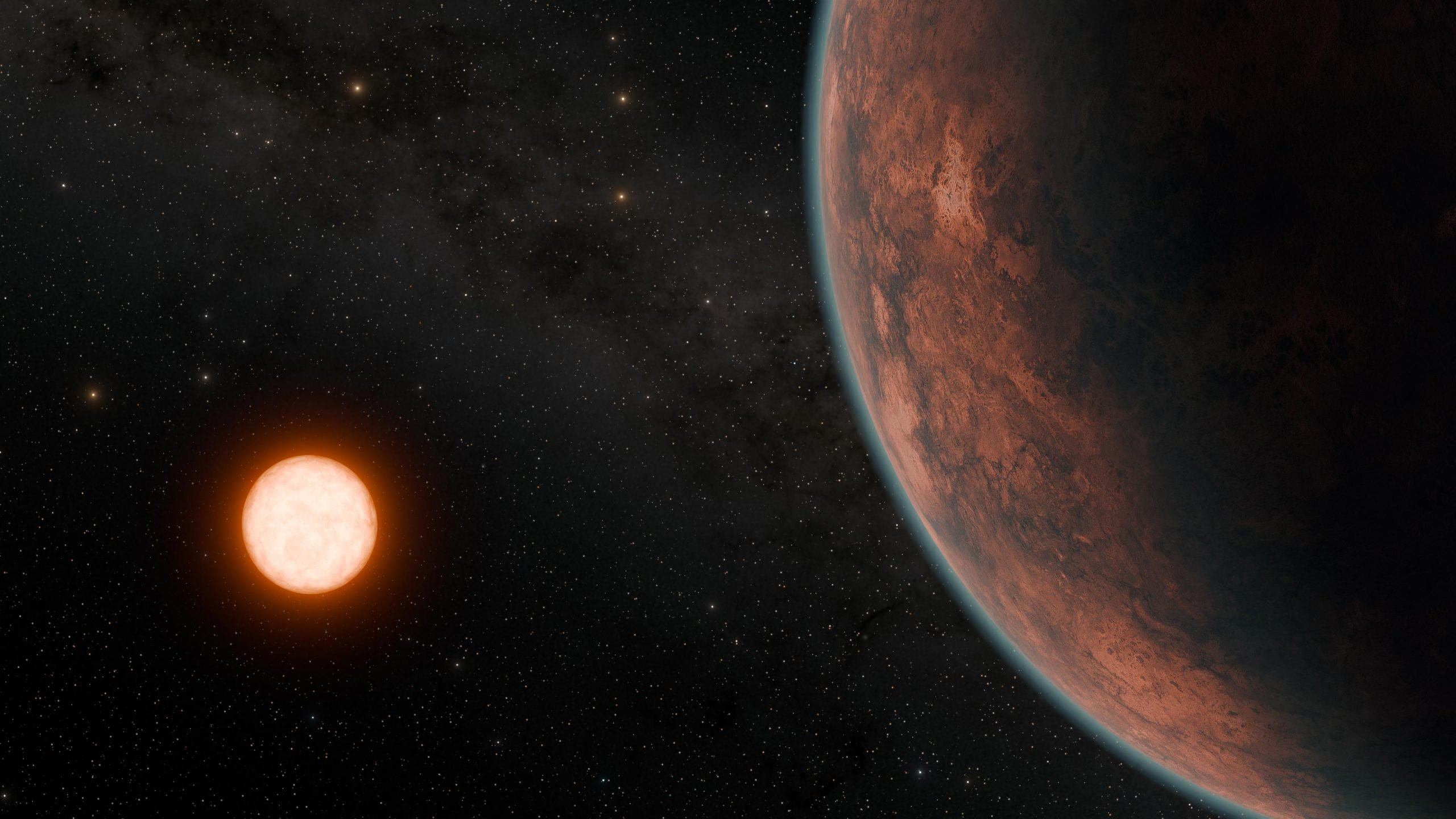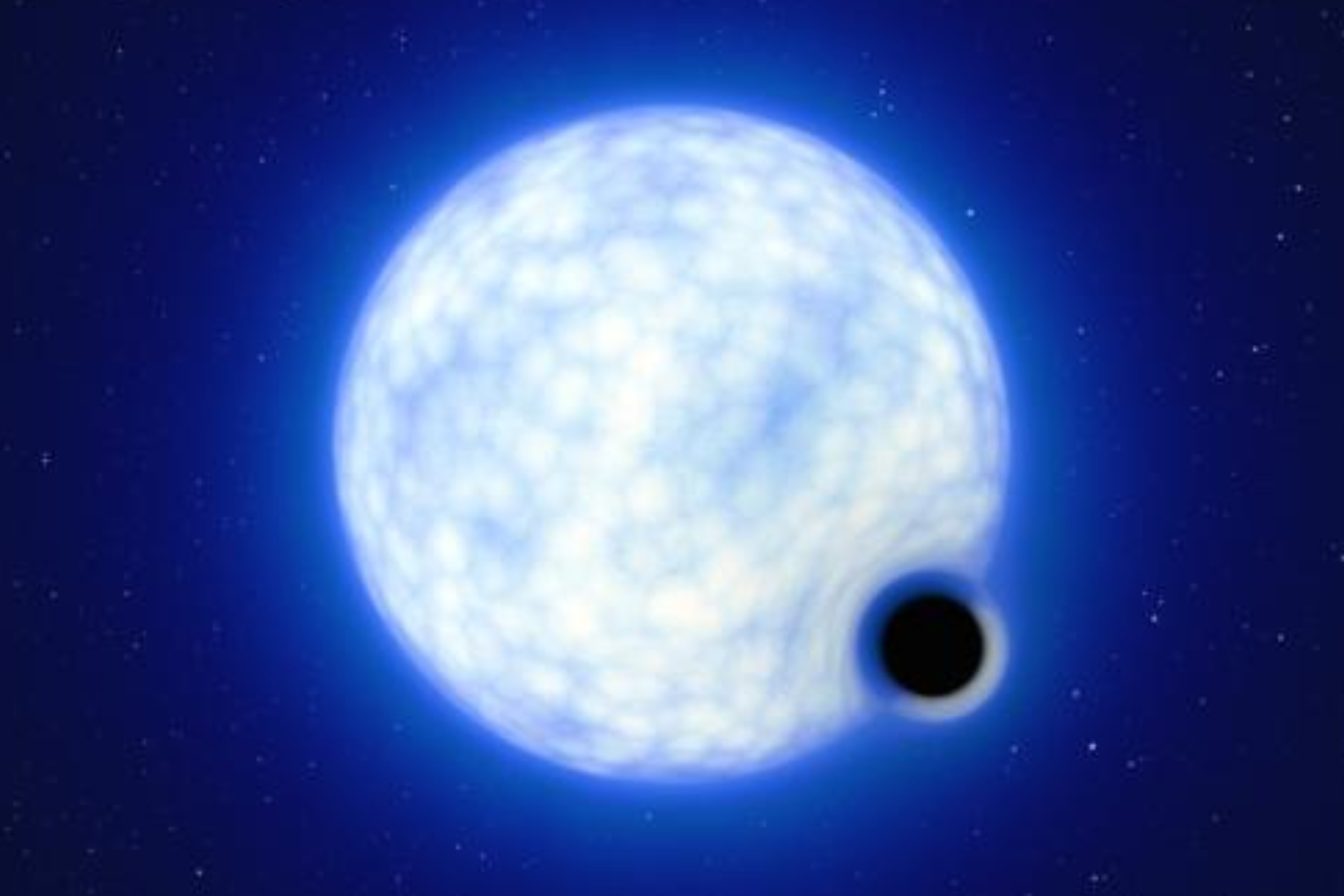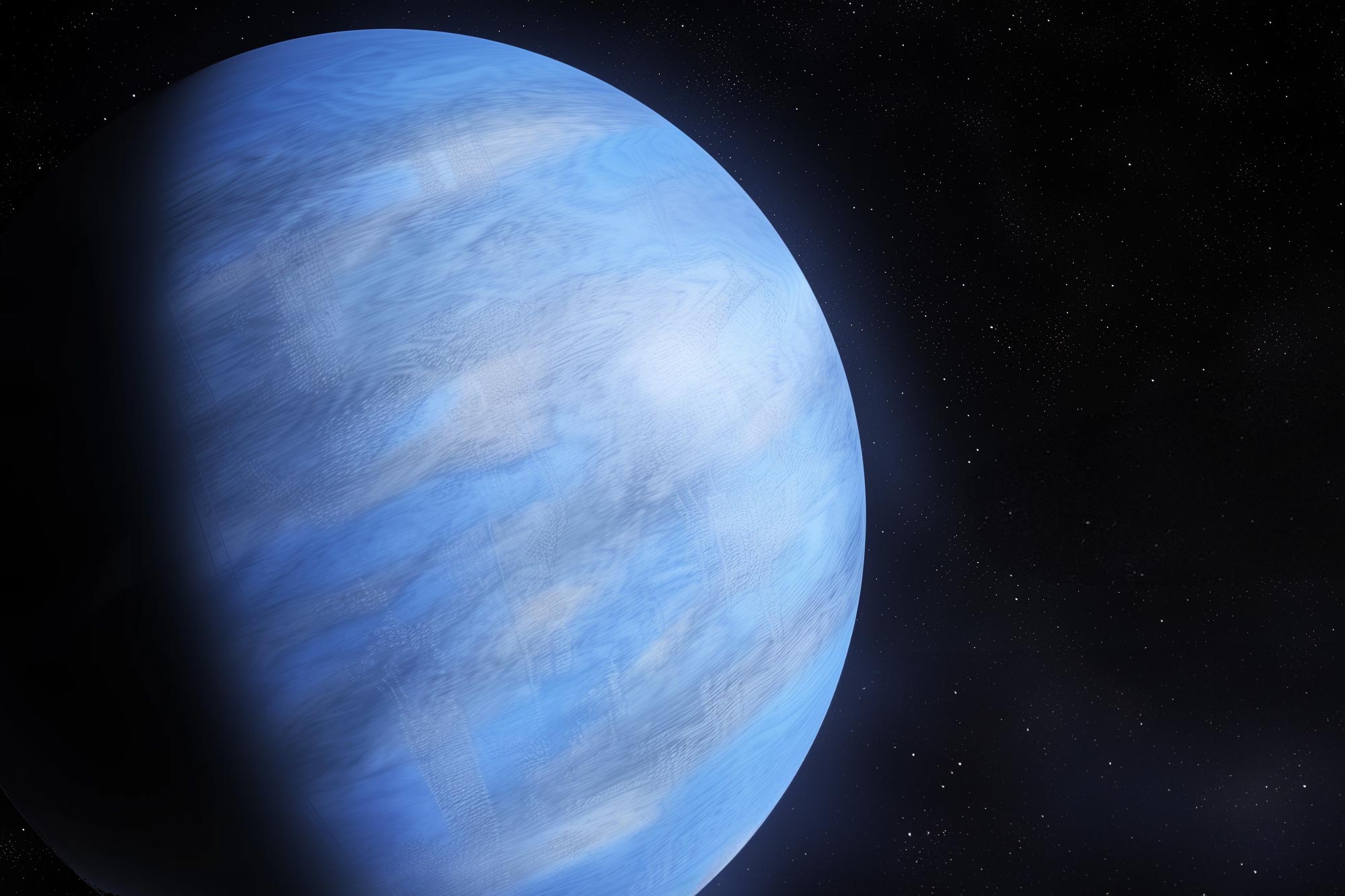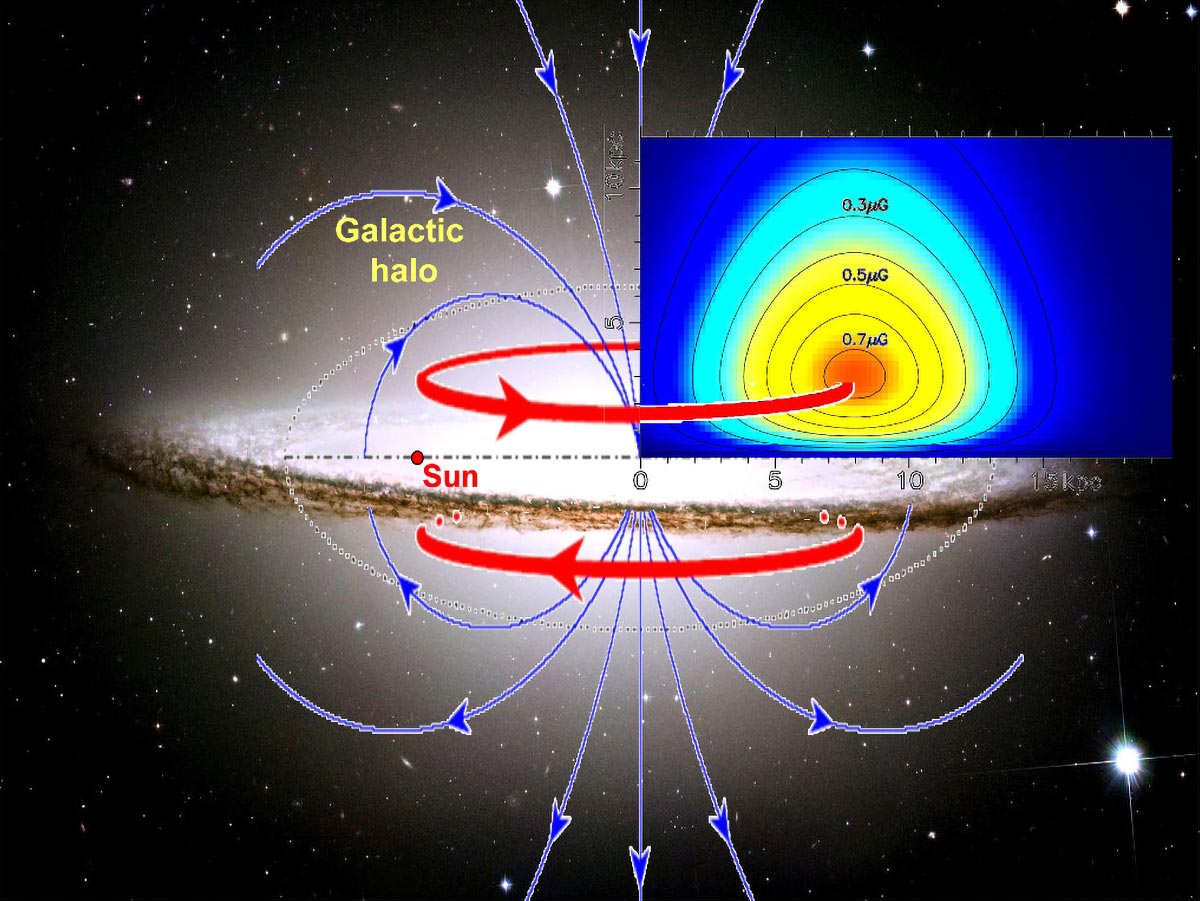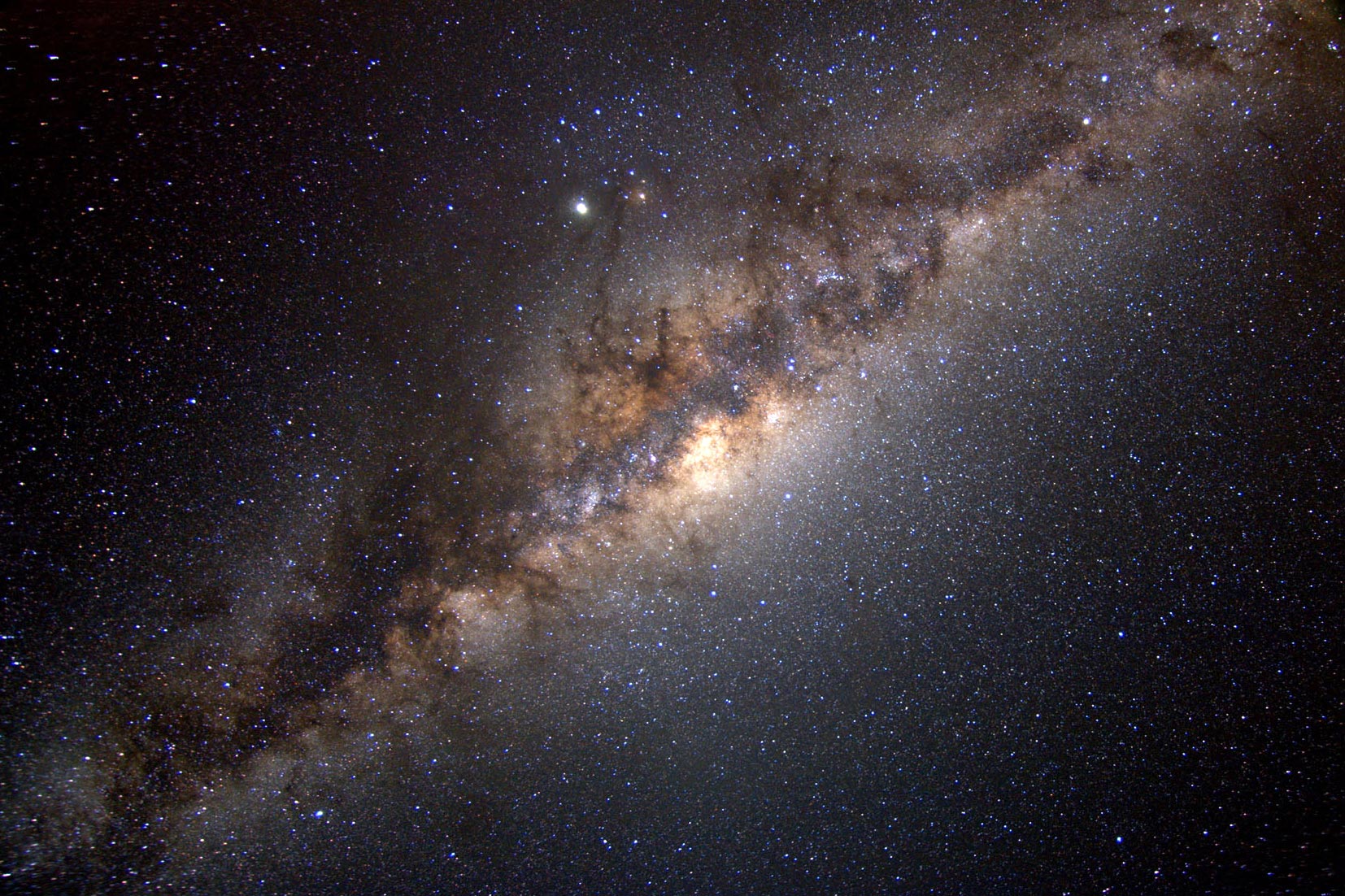Stargazing in broad daylight: how a multi-lens telescope is changing astronomy
This article was reviewed according to Science fact checked trusted source proofread OK! Macquarie’s Huntsman Telescope observes space during the day. Credit: Macquarie University × close to Macquarie’s Huntsman Telescope observes space during the day. Credit: Macquarie University Astronomers from Macquarie University have developed a new technique for observing celestial bodies during the day, potentially … Read more
